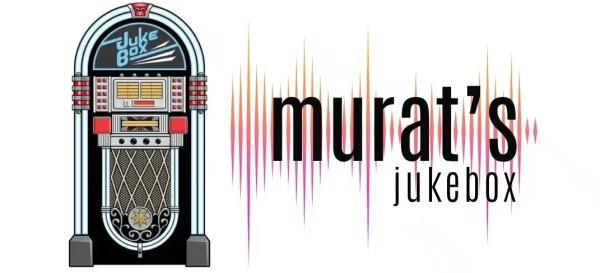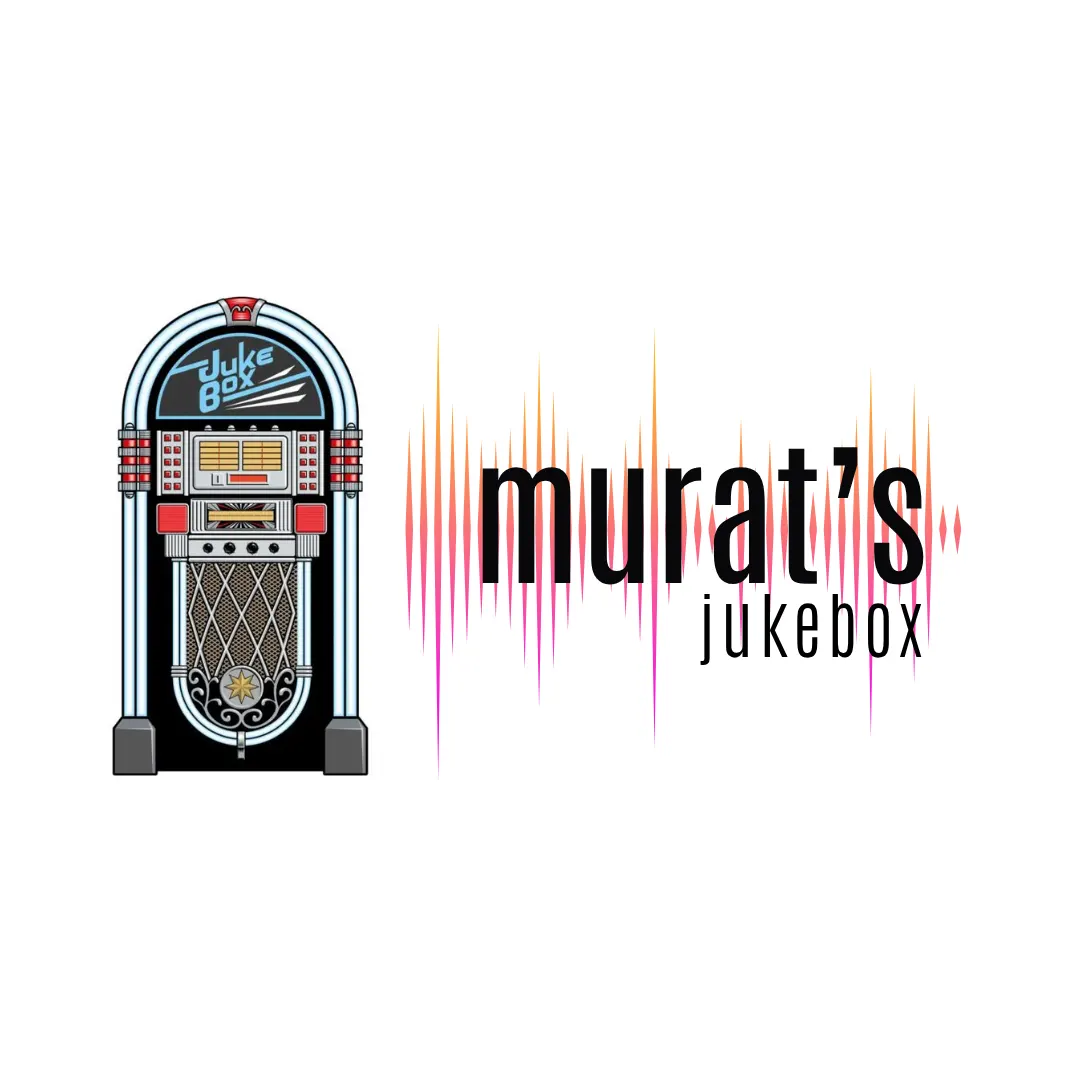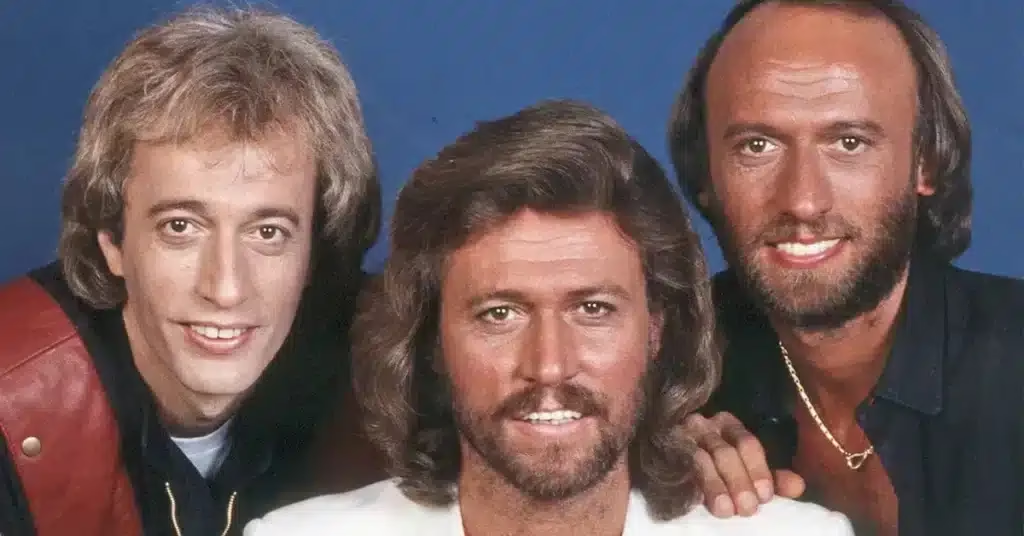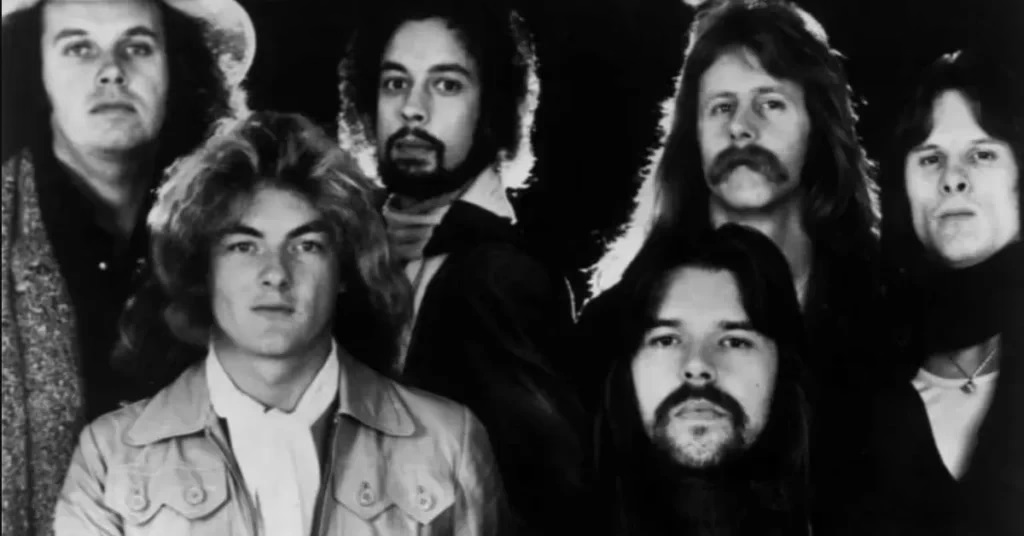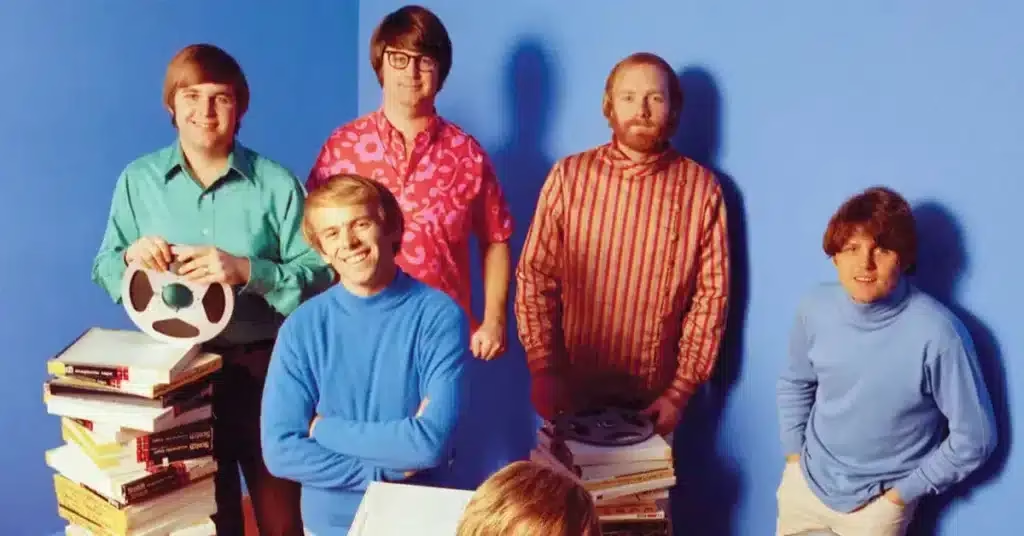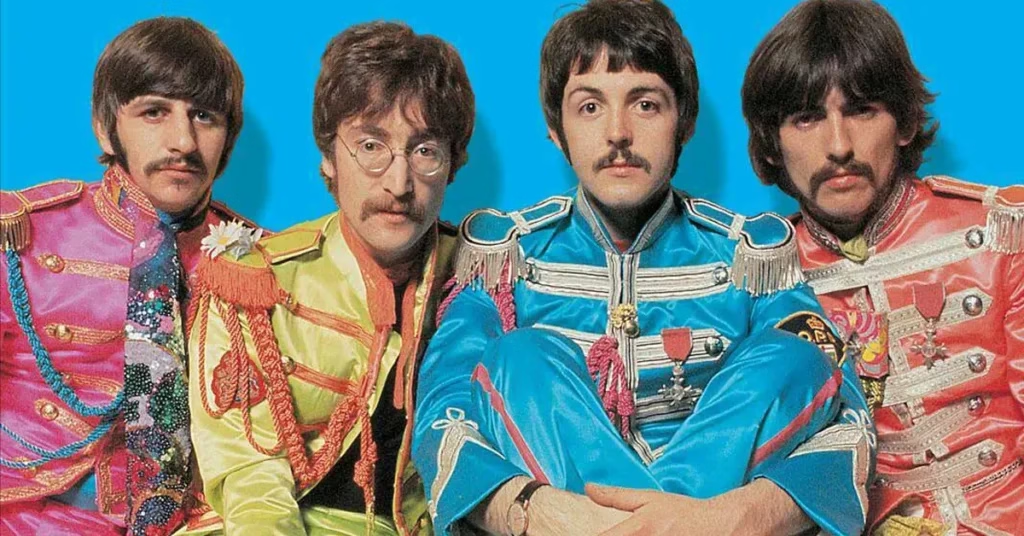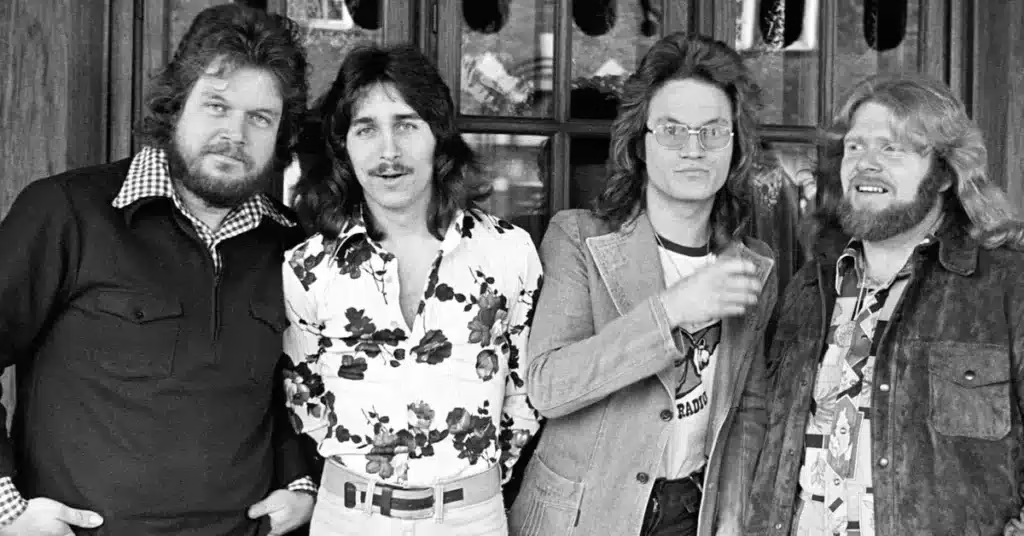Bee Gees: Harmony Kings of Pop, Soul, and Disco
Bee Gees. Formation and Early Years
The Bee Gees were formed by the three Gibb brothers:
- Barry Gibb – Vocals, guitar
- Robin Gibb – Vocals
- Maurice Gibb – Vocals, bass, keyboards
Born on the Isle of Man and raised in Manchester, England, the brothers later moved with their family to Australia, where they began performing in the early 1960s. Their first success came in Australia with TV performances and local hits before returning to England in 1967.
They were named “Bee Gees” after the initials “B.G.” (Barry Gibb and promoter Bill Goode).
Bee Gees. 1960s: Baroque Pop and Global Breakthrough
✦ Bee Gees’ 1st (1967)
Their international debut brought them instant acclaim.
Key tracks:
- “New York Mining Disaster 1941”
- “To Love Somebody” – A soul ballad later covered by many artists
- “Holiday”
They were initially compared to The Beatles for their orchestral pop sound and rich harmonies.
Other 1960s hits:
- “Massachusetts” – UK #1
- “I’ve Gotta Get a Message to You”
- “Words”
Their style at this time combined melancholy balladry, folk, and orchestral pop, often with introspective or poetic lyrics.
Bee Gees. Early 1970s: Transition and Reinvention
After a brief breakup in 1969, the Bee Gees reunited with a more soulful, experimental direction.
Albums like Trafalgar (1971) and Life in a Tin Can (1973) had modest success, but their career seemed to be fading until a pivotal move to Miami and a partnership with producer Arif Mardin.
Bee Gees. The Disco Era: Global Superstardom (1975–1979)
✦ Main Course (1975)
Marked their rebirth with a new R&B and disco-infused sound.
Key tracks:
- “Jive Talkin’” – A funky, rhythmic breakthrough
- “Nights on Broadway” – Falsetto-heavy and seductive
✦ Children of the World (1976)
- “You Should Be Dancing” – Infectious dance groove that became a club classic
✦ Saturday Night Fever Soundtrack (1977)
This soundtrack defined disco and the Bee Gees’ career, with over 40 million copies sold.
Iconic songs:
- “Stayin’ Alive”
- “Night Fever”
- “How Deep Is Your Love”
- “More Than a Woman”
- “If I Can’t Have You” (performed by Yvonne Elliman)
The Bee Gees became global superstars, and their sound dominated radio, clubs, and pop culture.

Bee Gees. Post-Disco and Songwriting Powerhouse (1980–1999)
After the backlash against disco, the Bee Gees focused more on songwriting and producing for other artists, including:
- Barbra Streisand – “Woman in Love”
- Dionne Warwick – “Heartbreaker”
- Kenny Rogers & Dolly Parton – “Islands in the Stream”
- Diana Ross – “Chain Reaction”
✦ Return to recording:
- ESP (1987) – “You Win Again” (UK #1)
- One (1989) – Their first album after Andy Gibb’s death
- Still Waters (1997) – “Alone” became a late-career hit
Despite ups and downs, their songwriting and vocal chemistry remained intact.
VI. Legacy, Later Years, and Tributes (2000–Present)
✦ Maurice Gibb died in 2003, leading to a temporary disbandment
✦ Robin Gibb died in 2012
Barry Gibb, the last surviving brother, continues to perform, record, and honor the Bee Gees legacy, including:
- In the Now (2016) – A solo album
- Greenfields (2021) – Country reinterpretations of Bee Gees songs with artists like Dolly Parton and Jason Isbell
The 2020 HBO documentary How Can You Mend a Broken Heart revived interest in their vast catalog and told their story with depth and admiration.
VII. Legacy and Influence
The Bee Gees are remembered for:
- Impeccable vocal harmonies, especially their trademark falsetto
- Writing and producing hits across genres and decades
- A catalog that spans baroque pop, R&B, soft rock, soul, and disco
They are among the best-selling music acts of all time, with:
- Over 220 million records sold worldwide
- 9 U.S. #1 singles
- Induction into the Rock and Roll Hall of Fame in 1997
Their influence spans artists from Prince, Justin Timberlake, Daft Punk, to Bruno Mars and Coldplay.
VIII. Interesting Facts
- Barry Gibb holds the record for writing or co-writing six consecutive U.S. #1 singles in 1977–78
- They are the only group to write, produce, and perform six #1 hits in one year
- Andy Gibb, their younger brother, had a solo career with #1 hits before his tragic death at 30
- Despite disco backlash, “Stayin’ Alive” is now widely praised for its infectious groove and cultural impact
